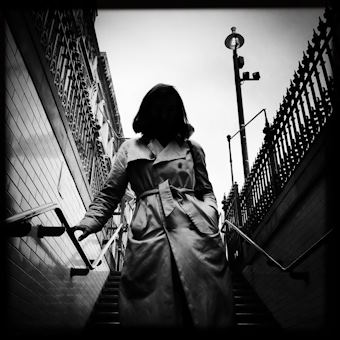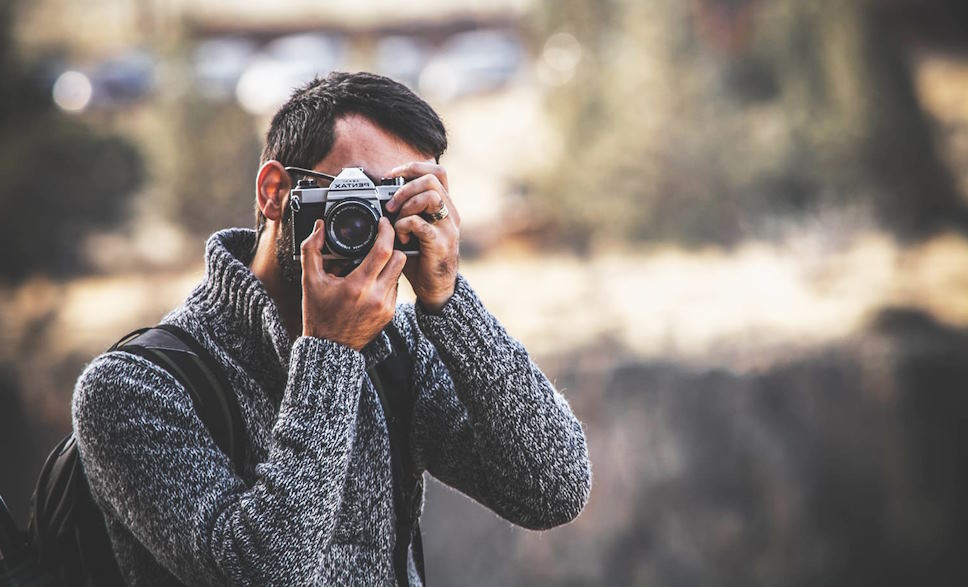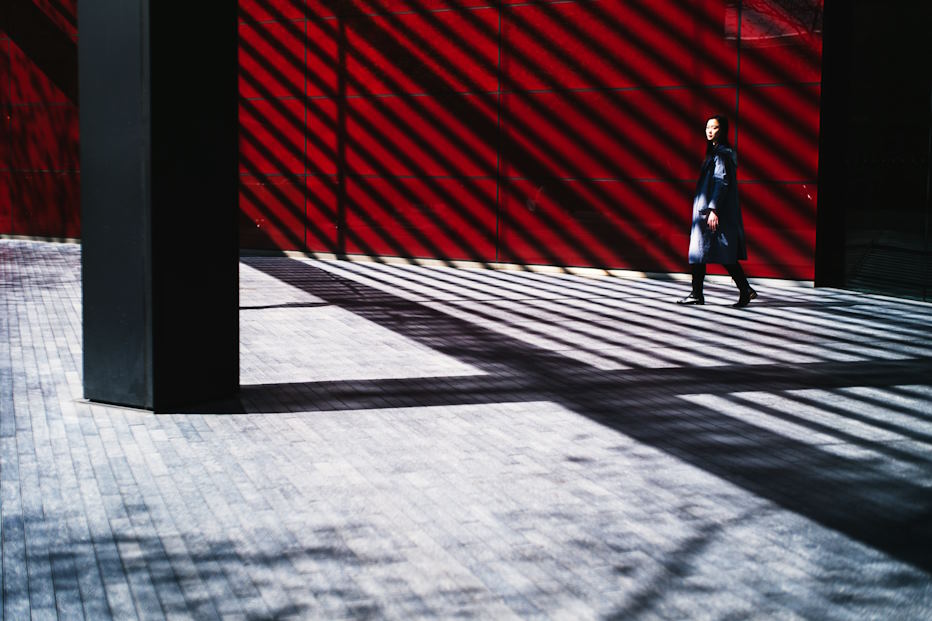Photographs have the unparalleled ability to transcend language barriers and evoke emotions that linger long after the initial glance. In the ever-evolving landscape of media consumption, photojournalism stands as a poignant testament to the enduring power of visual storytelling.
The Elements of a Compelling Photo Story
 Capturing a compelling photo story begins with the careful selection of subjects, a process that involves a keen eye for relevance and impact. The art of choosing subjects that resonate with the audience is a delicate dance between visual aesthetics and the inherent narrative potential. Whether documenting the intricacies of daily life or chronicling significant events, photojournalists must recognize the power of their chosen subjects to convey a story that transcends the immediate visual appeal.
Capturing a compelling photo story begins with the careful selection of subjects, a process that involves a keen eye for relevance and impact. The art of choosing subjects that resonate with the audience is a delicate dance between visual aesthetics and the inherent narrative potential. Whether documenting the intricacies of daily life or chronicling significant events, photojournalists must recognize the power of their chosen subjects to convey a story that transcends the immediate visual appeal.
However, the heart of any impactful photo story lies in the human connection it forges. Beyond mere subjects, each individual becomes a conduit for emotion and empathy. It is through these connections that the essence of a narrative is distilled, creating an immersive experience for the viewer. A meaningful photo story not only captures the external appearance of its subjects but also delves into the shared humanity that binds us all.
Moving beyond subject selection, the elements of composition and framing play a pivotal role in guiding the viewer through the visual narrative. Employing techniques such as the rule of thirds and thoughtful framing enhances the overall storytelling impact. These principles serve as the foundation, allowing photographers to construct a visual language that engages and resonates with the audience, ensuring a harmonious flow of storytelling from one image to the next.
The Narrative Arc in Photojournalism
The narrative arc serves as the backbone, providing structure and coherence to the unfolding visual journey.
At its core, the narrative arc is a guiding principle borrowed from traditional storytelling, comprised of a beginning, middle, and end.
Establishing a clear beginning, middle, and end in a photo story is an art form in itself. Each image must seamlessly connect to the next, forming a cohesive and engaging visual progression. The photographer’s ability to weave a seamless thread through the narrative arc ensures that viewers remain immersed in the story, fostering a sense of connection and understanding.

Context and Captioning
Providing necessary context through captions is akin to offering a key to unlock the narrative hidden within the visual frame. While a powerful image can evoke emotions, a well-crafted caption adds layers of insight, offering the who, what, where, and why that may be elusive in a single glance. It serves as a bridge between the image and the audience, fostering a connection that transcends the visual.
The delicate balance between explicit and subtle storytelling is an art form mastered by photojournalists. Captions should neither overpower the image nor leave the viewer in the dark. They act as silent guides, steering the narrative without overshadowing the evocative power of the visual elements. Striking this equilibrium ensures that the story resonates authentically and lingers in the viewer’s consciousness.
Yet, there is a unique art in letting the image speak for itself. Some stories require a moment of silent contemplation, allowing viewers to derive their own interpretations. In these instances, a judicious use of captions becomes a nuanced dance, providing enough context to pique curiosity while respecting the eloquence of the visual narrative. Together, context and captioning intertwine, creating a harmonious synergy that elevates a photograph from a mere snapshot to a profound storytelling experience.

